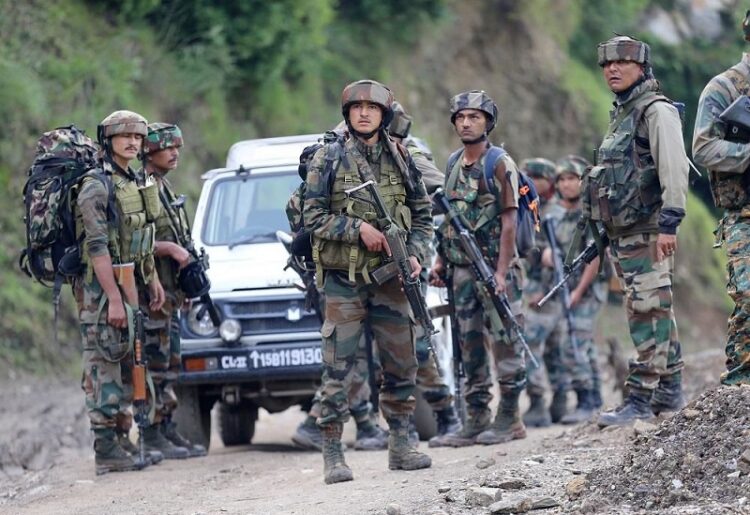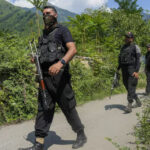Introduction: The Silent Revolution in National Security
When the red torch lights of helicopters flare into the hilly darkness of a small town in South Kashmir, slit through the silver fingers of big pines, and when helicopter goggles scan the rugged terrain of the Kulgam district of the state, a powerfully quiet revolution in the internal security of India is taking place. Operation Akhal, which was initiated on July 31, 2025, is only the latest in a string of carefully planned counter-terror missions that indicate this change of strategy.

Years are forgotten when India had her military on the defensive keeping one step behind the terrorists taking revenge with some time delay. Today, the theory has been revised, the instruments have been modified, and the political determination is solid. The introduction of the Army, CRPF, and the J&K Police operating in close coordination means that counter-terrorism in Jammu & Kashmir is moving into a new trend-dispelling precision, close coordination, ethical warfare and continuing civic engagement in the long run.
This change is not only about eliminating threats It concerns the rewriting of the rules of engagement in the area that has been a scene of decades of conflict, proxy and suffering.
From Reactive Retaliation to Proactive Suppression
The Old Model: Waiting for Triggers
For most of the 1990s and 2000s, India’s approach in Jammu & Kashmir was reactive. The strategic posture relied on responding after damage had been done, be it an ambush on security forces, a bombing in Srinagar, or targeted killings of local political workers. The intelligence structure was decentralized, the coordination among agencies poor, and the political vision often fragmented.
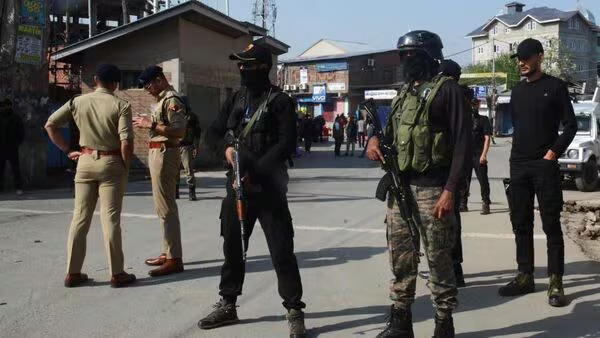
Until the middle of the 1990s and the 2000s, India was reactive in its approach to Jammu & Kashmir. The strategic position was to react to post-damage already incurred- either an ambush of the security forces, bombing in Srinagar or even targeted killing of local political workers. The intelligence system was not centralized, the coordination among the agencies was weak, and the political vision was explained.
The Strategic Shift Post-2016
Several incidences have triggered the present metamorphosis
- The event that changed the game was the 2016 Uri Attack and the subsequent surgical strikes, which highlighted a newfound aggressiveness in the military.
- The Pulwama Terrorist Attack in 2019 when 40 CRPF officials were killed resulted in the Balakot Airstrike because it was the first indication of India’s willingness to act across the LoC.
- The Abrogation of Article 370 in August, 2019 has redesigned the constitutional and administrative structure within the region, with the Centre having a higher degree of operational control.
Since Post-2019 operations were no longer incident driven, they became intelligence driven. Mobile teams can now respond with real-time inputs and can easily preempt attack activities before they occur. This significant change is the introduction of a Seek and Neutralize approach instead of wait-and-counter.
Anatomy of Operation Akhal: A Microcosm of New Doctrine
The Kulgam operation at the Modergam village of July 2025 involved:
- Night interception of possible hide-aways.
- Live surveillance in the air by means of drones mounted with infrared cameras.
- Indian army deployment of quick response teams (QRTs).
- Absorbing the local intelligence systems within the J&K Police.
- CRPF led crowd management, without the interference of civilians.
A five-hour gun battle also resulted in the killing of a Pakistani-backed Jaish-e-Mohammed (JeM) commander who was the target. However, more to the point, no civilians were killed, no buildings destroyed, and monitoring of the area after the operation made sure that no revenge attacks appeared in the aftermath.
It is this mixture of pluck with moderation that sums up the new strategy: Maximum Efficiency, Minimum Disruption.
The Role of Technology: Warfare in the Digital Age
The internal security profile of India has experienced a digital renaissance. Intensive changes in technology make it possible to conduct operations like Akhal.
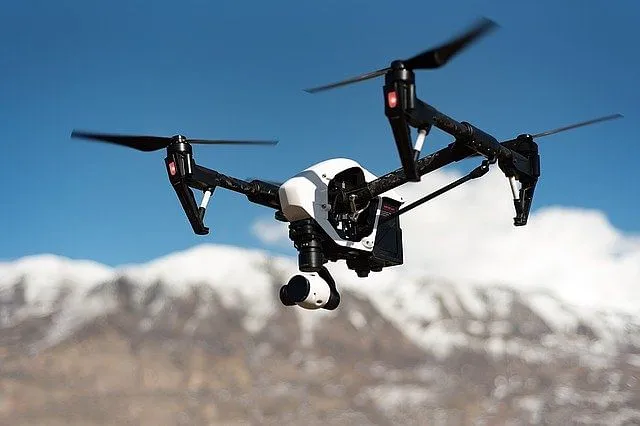
1. Integration of Drone and Satellite
Forces no longer have to see only as far as the line of sight with quadcopters used to scan houses to high-altitude surveillance drones such as Heron TP.
2. Predictive Threat Mapping (AI)
- Artificial Intelligence employs models that run:
- Recently, useState of penetrations
- Patterns of internet activity
- Past incidents
- Local grievances
This enables them to predictively model where hotspots of attacks may occur in future obtaining limited areas of operations.
3. Digitization of command and Control.
Unified command centres (e.g. UCC Baramulla, UCC Anantnag) work on digital dashboards with inputs of:
- Interception vehicles
- Local informants
- Field commanders
This real-time data fusion increases the speed of the decisions, therefore, increasing the survivability of soldiers and success rate of a mission.
The Intelligence Unsung Hero:
The future of any successful operation today is based on the power of Human Intelligence (HUMINT) acquired through:
- Rehabilitated ex-militants
- Neighborhood watch
- Electronic tip-offs by alert members of society
SOG (Special Operations Group) in the J&K Police has emerged as the mainstay of numerous anti-terrorist operations. Well versed in both military and network intelligence, they appear in local communities to fill the gap between military discipline and local reliance.
Community-Centric Strategy: From Boots to Bridges
Fighting a war in the mountains is difficult. Winning the hearts of people is a bigger victory.
India’s shift sets civic stability and psy warfare at the top of the program. This includes:
- Operation Sadbhavna (Goodwill): Provision of education, facilities and health camps in remote villages.
- Vocational Training for youth of Kashmir in Srinagar, Pulwama, Shopian under Mission Youth J&K.
- To restore community trusts, Police-Community Partnership Groups (PCPGs) should be used.
The game of counter-terror isn’t all movement any more. It is a humanitarian, socio economic and psychological year.
Case Studies: From Brutality to Balance
Operation Trinetra (2023) – Rajouri
In Operation Trinetra: The surgical strikes on high-altitude terror camps. Initial mass application of AI in detecting threats. Clear move of the linear search to a multi-pronged up-down clearance.
Valley-wide Operation All-Out (2017-2019)
More than 250 terrorists were eliminated. At first being welcome, then being condemned to cause a heated up atmosphere by the indiscriminate CASO (Cordon and Search Operations). The rebound delivered some of the best lessons about restraint and precision.
Operation Akhal (2025) – Kulgam
The result of tactical, technological and ethical development. It has become an example of a successful operation in Indian and other countries in defence studies because it is a surgical strike with minimal damage to the surroundings and most importantly zero collateral damage.
Legal and Ethical Evolution: Power with Accountability
As compared to the past decades, internal security mechanisms in India have been adjusted to:
- Geneva Urban Warfare Conventions
- Indian Human Rights Commission Surveillance
- Domestic disciplinary control by security organisations
Each and every operation is now required to submit a post-engagement report, which include:
- Verification of identity target
- Civilian effects analysis
- Spending and consumption of resources
- Formal protocol of delivering arrestees or corpses
This dual-purpose of work-transparency and legal-compliance enhances Indian global profile as it strengthens domestic authority.
Cross-Border Context: Pakistan’s Proxy War and Global Censure
The security policy of India in J&K can not be considered in isolation. It is highly influenced by:
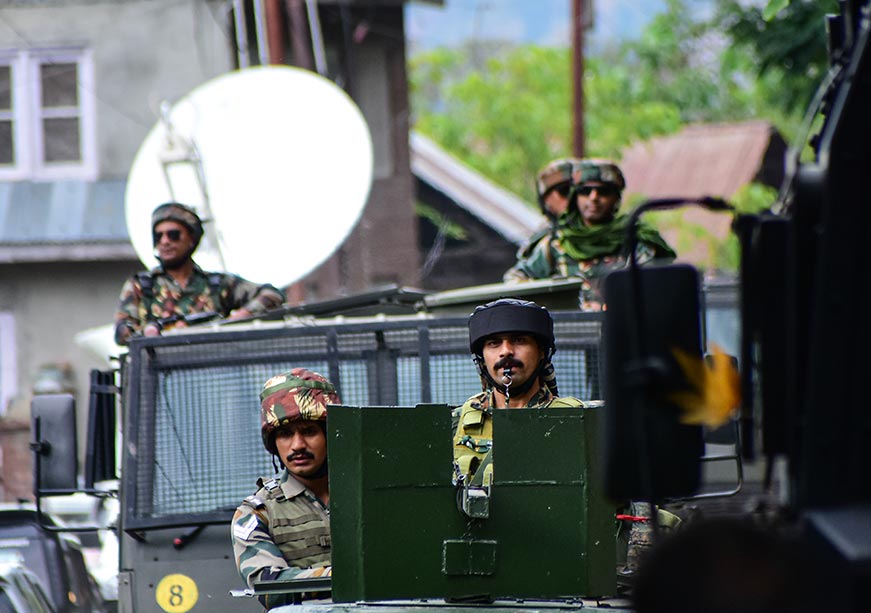
The doctrine of using peace by Pakistan by using terror groups as proxies, such as
- Lashkar-e-Taiba (LeT), Jaish-e-Mohammed (JeM), and Hizbul Mujahideen.
- With an incremental presence in the PoK, China has a sufficiently strident interest in the region in the context of its China-Pakistan Economic Corridor (CPEC).
- Western criticism since 2019, particularly human rights groups and UN organizations.
India responded with a two-pronged policy:
- Tough on security–no give away to terrorists or terrorist networks.
- Lenient on civic freedoms-increasing civil liberties, internet access and local rule.
This equilibrium has enabled India to get through the pressure by international communities as it keeps the peace at the ground level.
The Long-Term Vision: What Does Strategic Success Look Like?
Success in Kashmir cannot be a waving of flags or stop-action pauses. It will look like:
- No gunshots in schools.
- Freepolls.
- Curfew free tourism.
- Young people turning down Kalashnikovs in favor of coding bootcamps.
We are not there, and the roadmap is clear as ever.
Rewriting the Rules, Redefining the Mission
The Indian state has moved through the phase of reaction to expectation, firepower to foresight, occupation to outreach. Such operations as Akhal are no longer military triumphs-they are examples of case study in effective governance, technology integration, and ethical warfare.
Security is not only about removing threats. It is all about empowering people to fulfill their potential and destinies: the freedom to learn, the freedom to work, the freedom to dream, the freedom to be free of fear.
And, in case of the continuation of the trajectory, then one can hardly attempt to deny a possibility that one day we will no longer speak of Kashmir as a conflict-zone, but we will instead speak of it as a recovery-zone, in a place where pain was conquered by planning, policy and principled power.
Stay one step ahead with The Vue Times. To get more thorough analyses on the state of India’s security and national affairs subscribe now and share this article with people who care about the future of the nation.

